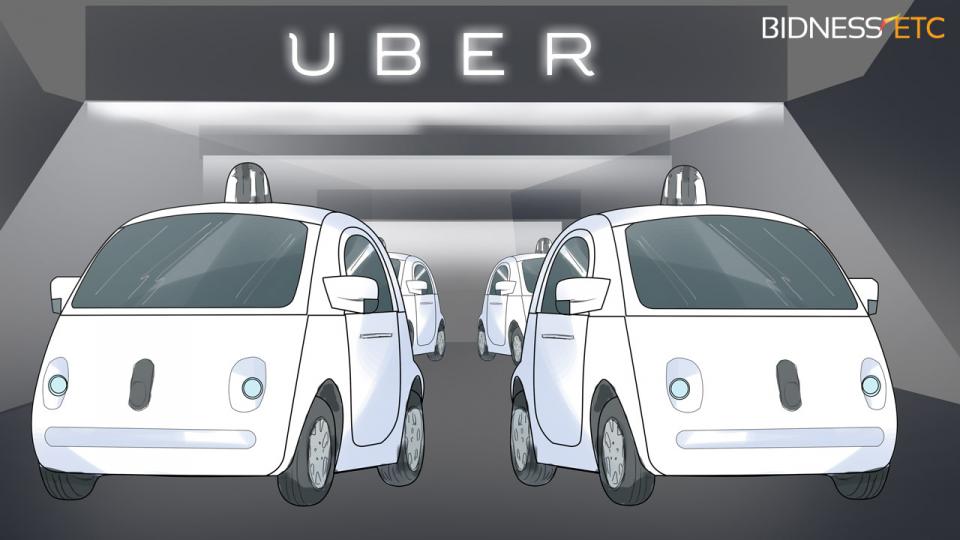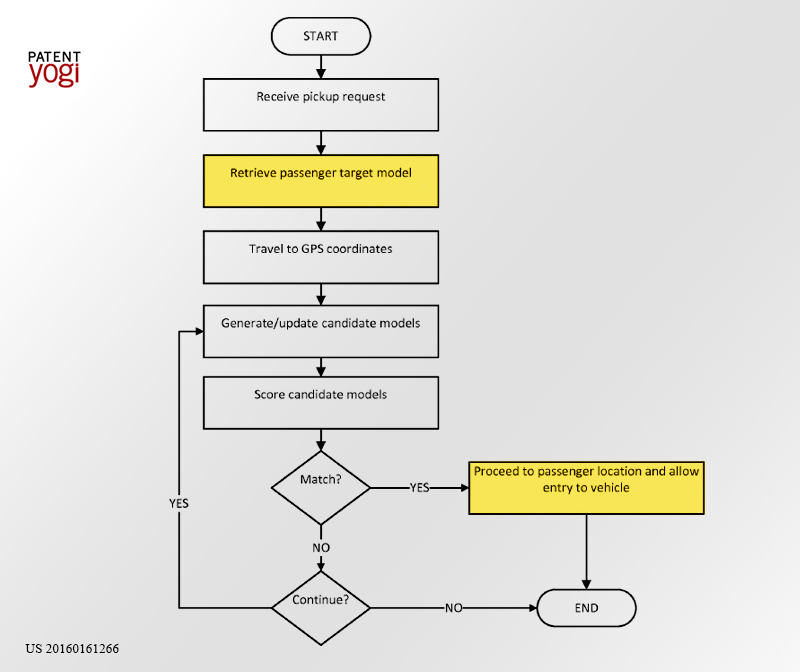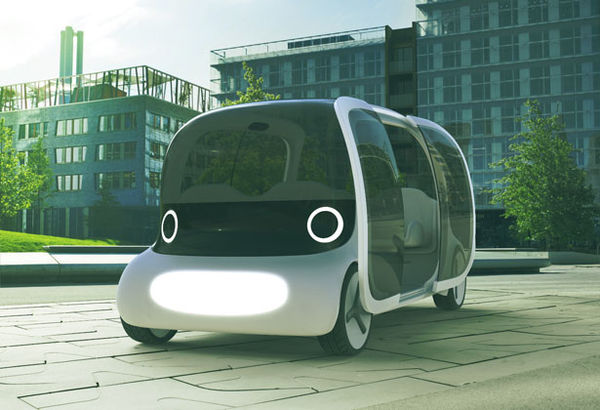Autonomous or self-driving cars are almost ready to be deployed on the roads across the world. One use of these cars is that they can be used to build an autonomous taxi service (an automated Uber). In fact, Uber has been working along with Ford and Google to develop such a service.

Ford has filed a patent that solves one of the key issues for an autonomous taxi service.
A passenger using a smartphone requests a pickup at her current location by sending GPS coordinates to an autonomous vehicle. The vehicle then navigates to the GPS coordinates. However, upon arrival at specified GPS coordinates, it may be difficult to identify a location of the target passenger with sufficient precision to actually pick the passenger up due to inaccuracies and imprecision provided GPS coordinates. This is one of the key issues for an autonomous taxi service.

According the patent, along with the GPS coordinates, the smartphone of the passenger also sends information about a pre-generated, pre-stored personal model of the passenger.

The personal model is generated according to a data gathering process in which a person sits and/or stands at multiple specified locations with respect to various sensors like lidar, camera and ultrasound .
So now, when a vehicle reaches near a passenger using the GPC coordinates, it uses various sensors like lidar, camera and ultrasound to scan the surroundings and compare the detected people with the personal model of the respective passenger. If the comparison indicates a match within a predetermined degree of confidence, e.g., 90 percent confidence or higher, then, the vehicle navigates to a location very near, e.g., within one meter, three meters, etc., e.g., as close as possible permitted by safety considerations, road and/or sidewalk configurations, etc.
This technology paves the way for the launch of an autonomous taxi service and change the world.

Publication number: US 20160161266
Patent Title: VEHICLE PASSENGER IDENTIFICATION
Publication date: Jun 9, 2016
Filing date: Dec 3, 2014
Inventors: Mark Crawford; James Robert McBride; Shane Elwart; Schuyler Cohen;
Original Assignee: Ford Global Technologies, LLC

